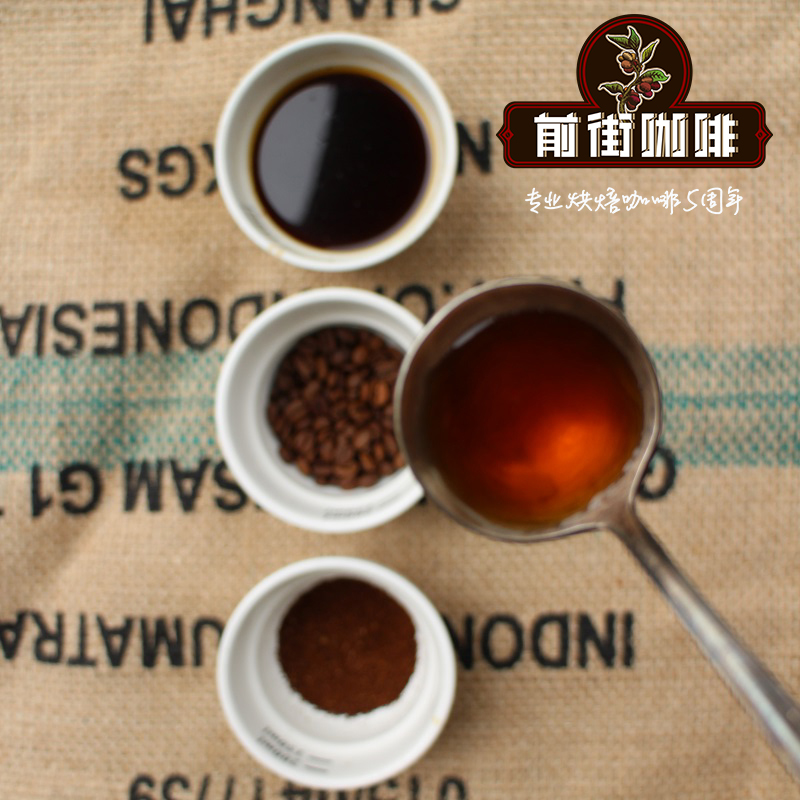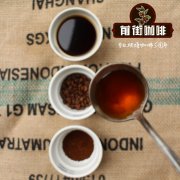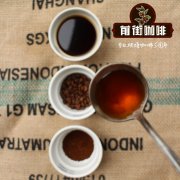Bolivia | Caranavi producing area Esso Coffee Farmers' Association European rules traditional washing of extremely hard beans SHB wind

Professional coffee knowledge exchange more coffee bean information please follow the coffee workshop (Wechat official account cafe_style)
Bolivia | Esso Coffee Farmers Association (God's Love processing Plant) European rules traditionally wash the flavor of extremely hard beans SHB?
The Bolivian Coffee production Union (Federation of Coffee Exporting Producers of Bolivia, referred to as FECAFEB), which has repeatedly achieved success in improving Bolivian coffee quality and international visibility in recent years, was established in May 1991. at present, it has 30 branches of agricultural associations or cooperatives and organizes nearly 8700 small farmers, which is the most important boutique coffee production system in Bolivia. The main work of the Alliance is to defend and protect the rights and interests of farmers, to give advice on quality maintenance and organic planting techniques, to assist farmers in marketing their coffee to the international market, to set up treatment plants and to formulate production plans, and so on. In addition, they also provide financial services for farmers' credit.
The Asociacion de Productores de Caf é Taipiplaya is a member of the FECAFEB Consortium. The office and processing plant are located in Taipiplaya, a small town about 30 kilometers south-east of Caranavi, with a total of 300 households scattered in 32 small villages. Coffee plantations are widely spread over 500ha of valley slopes up to 1800 m above sea level, and the precipitous terrain also offers rare excellent cultivation conditions. This batch of Esso Peasants' Association is a micro-batch produced by 35 farmers in the God's Love Community. The average elevation of the farm is 1650 meters, mainly Typica, Caturra, Catuai and other varieties.
In the early years, the external transportation of peasant associations and cooperatives was very inconvenient. Each batch of coffee beans had to be transported down the mountain through the world-famous "death road" (a section of dirt road built on the edge of a towering cliff that was 61 kilometers long but only three meters wide without a guardrail). At that time, the market was not wide and the price was low, so it was regarded as cheap coffee and was in a very difficult situation. Great progress has been made in the past decade-the new asphalt national highway was completed in 2006, and organizations such as USAID and COE and a steady stream of international coffee travelers went to farmers' association processing plants and coffee gardens to establish relationships with local farmers and work together. Coupled with the efforts of the local FECAFEB alliance, Bolivia finally let the international world see the potential of its coffee, not only as a member of the international boutique coffee industry, but also the same price.
In the towering eastern foothills of the Andes, under the lush jungle, more than 300 coffee farmers produce what can be called one of the sweetest coffees in Bolivia. These farmers are members of the Esso Coffee Cooperative (ASOCAFE), which was established in 1990 to improve the quality of local coffee and, of course, to increase farmers' income. Caranavi province is the heart of Bolivian coffee producing area, with rivers formed by meltwater from peak glaciers, which is an ideal producing area for boutique coffee. After the farmers in ASOCAFE harvest and carefully pick them by hand, they transport the coffee fruits to the central processing station, and under the supervision of the association, the ripe coffee peaches are peeled, degummed, fermented, washed and sun-dried.
Country: Bolivia
Production area: Taipiplaya, Caranavi
Classification: European water washed extremely hard beans SHB
Producer: love of God processing plant Amor de Dios
Treatment: traditional washing
Varieties: Typica, Caturra, Catuai
Altitude: 1650 m
Harvest time: from June to October every year
Flavor description: cocoa, nuts, sweet spices, grass, sweet and sour balance, smooth taste
Qianjie recommended cooking:
Filter cup: Hario V60
Water temperature: 90 degrees
Degree of grinding: small Fuji 3.5
Cooking methods: the ratio of water to powder is 1:15, 15g powder, the first injection of 25g water, 25 s steaming, the second injection to 120g water cut off, waiting for the powder bed water to half and then water injection, slow water injection until 225g water, extraction time about 2:00
Analysis: using three-stage brewing to clarify the flavor of the front, middle and back of the coffee. Because V60 has many ribs and the drainage speed is fast, it can prolong the extraction time when the water is cut off.
Important Notice :
前街咖啡 FrontStreet Coffee has moved to new addredd:
FrontStreet Coffee Address: 315,Donghua East Road,GuangZhou
Tel:020 38364473
- Prev

Britain cultivates scarce Coffee | History of Organic Coffee on St. Helena in the South Atlantic?
Professional coffee knowledge exchange more coffee bean information please follow the coffee workshop (Wechat official account cafe_style) coffee cultivated in the UK. The history of organic coffee in St. Helena, South Atlantic? Most very fastidious coffee fans can only dream of sipping coffee made from Saint Helena coffee beans in the South Atlantic, because the quantity is rare and not enough.
- Next

Malawian Malawi Misu Kufeng producing area mzuzu | the flavor of a geisha in the sun geisha? How to cook
Professional coffee knowledge exchange more coffee bean information please follow the coffee workshop (Wechat official account cafe_style) Malawi Malawi Misu Kufeng producing area mzuzu | Sun geisha geisha flavor? How to cook it? Arabica coffee (Single Origin), which comes from a plateau 2000 meters north of Malawi and can only be harvested once a year. Coffee trees in high altitude producing areas
Related
- Detailed explanation of Jadeite planting Land in Panamanian Jadeite Manor introduction to the grading system of Jadeite competitive bidding, Red bid, Green bid and Rose Summer
- Story of Coffee planting in Brenka region of Costa Rica Stonehenge Manor anaerobic heavy honey treatment of flavor mouth
- What's on the barrel of Blue Mountain Coffee beans?
- Can American coffee also pull flowers? How to use hot American style to pull out a good-looking pattern?
- Can you make a cold extract with coffee beans? What is the right proportion for cold-extracted coffee formula?
- Indonesian PWN Gold Mandrine Coffee Origin Features Flavor How to Chong? Mandolin coffee is American.
- A brief introduction to the flavor characteristics of Brazilian yellow bourbon coffee beans
- What is the effect of different water quality on the flavor of cold-extracted coffee? What kind of water is best for brewing coffee?
- Why do you think of Rose Summer whenever you mention Panamanian coffee?
- Introduction to the characteristics of authentic blue mountain coffee bean producing areas? What is the CIB Coffee Authority in Jamaica?

